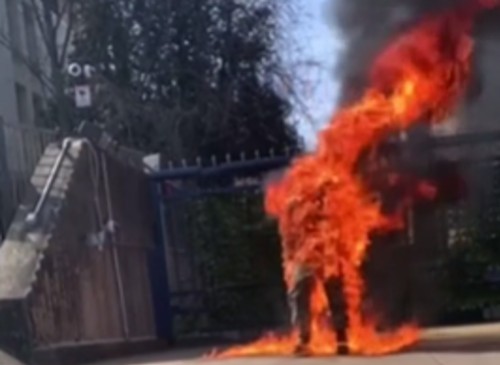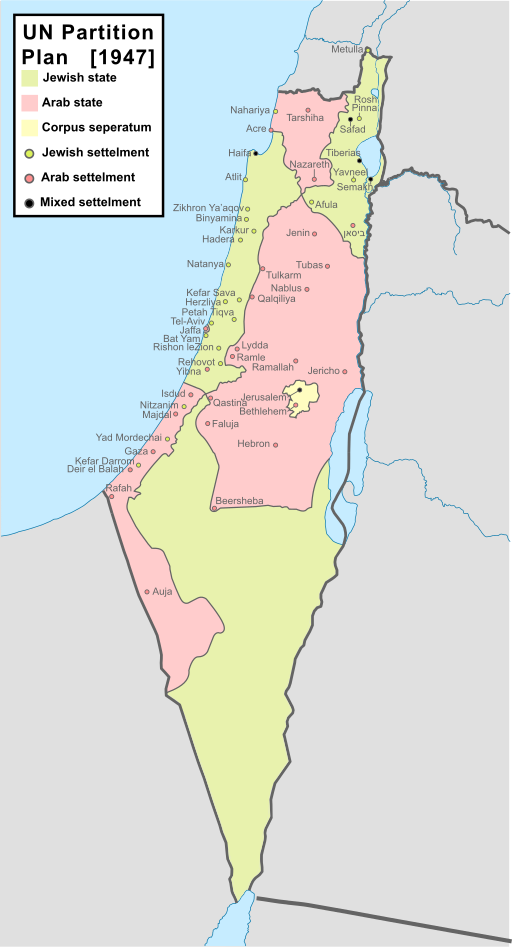
On February 25, Aaron Bushnell live-streamed the following statement:
“I am an active duty member of the United States Air Force. And I will no longer be complicit to genocide. I am about to engage in an extreme act of protest. But compared to what people have been experiencing in Palestine at the hands of their colonizers — it’s not extreme at all. This is what our ruling class has decided will be normal.”
Then, dressed in an Air Force uniform, he doused himself with a flammable liquid and set himself on fire, repeatedly screaming “Free Palestine!” as the flames consumed him. He died a short time later at a local hospital.
Now US Senator Tom Cotton (R-AR) wants the US Department of Defense to explain “how this individual was allowed to serve on active duty” and whether he was “ever identified as exhibiting extremist leanings.” In his letter, Cotton probably libels Bushnell, claiming that his suicidal act was “in support of a terrorist group.”
To Cotton’s mind, the Israeli regime’s murders of civilians in Gaza — the current toll stands at 30,000 or more — are morally justifiable and worthy of his support, while killing one’s self in protest against genocide is “extremist” and supportive of “terrorism.”
Color me unsurprised. Cotton’s incapable of opening his mouth without revealing the sewer of narcissism and sociopathy that passes for his mind.
This is the guy who believes America has an “under-incarceration” problem, who advocated sending in federal troops to suppress American protests against murders committed by police officers, and who’s never met a war he didn’t like.
Oddly, the answer to Cotton’s first question is yes: Aaron Bushnell grew up in an “extremist” religious organization, the Community of Jesus. If its timeline on X is any indication, the Community of Jesus is strongly “pro-Israel,” including support for the Gaza holocaust. Bushnell even went on a church-sponsored trip to Israel as a teenager.
As an adult, he left the group and joined another “extremist” organization, the US Air Force … after which he apparently became a “left-anarchist,” arguably a less “extreme” affiliation than either of the others.
Bushnell spent most of his life as a Tom Cotton type extremist (which explains why he was “allowed to serve on active duty”), before somehow acquiring the kind of moral compass Cotton either never possessed or discarded long ago.
America would have been better off losing Tom Cotton than Aaron Bushnell.
Thomas L. Knapp (Twitter: @thomaslknapp) is director and senior news analyst at the William Lloyd Garrison Center for Libertarian Advocacy Journalism (thegarrisoncenter.org). He lives and works in north central Florida.
PUBLICATION/CITATION HISTORY

